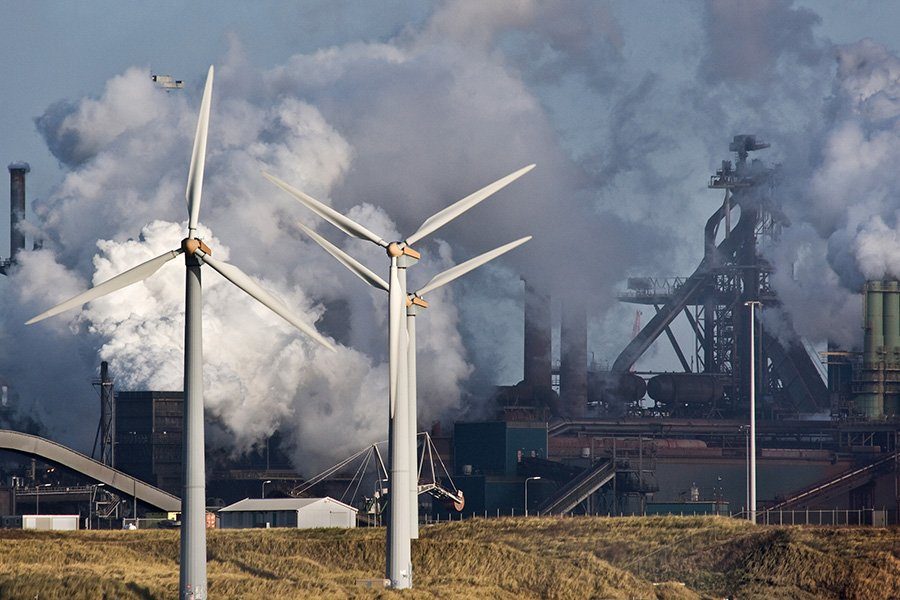China remains an economy in transition. While its reliance on heavy, polluting industry and fixed asset investment to drive decades of double digit growth seems to be over, the country is still dominated by state-owned industries that cannot reinvent themselves as “sustainable” overnight.

The role of China’s old economic order has become even more crucial in the pledge to build a sustainable future.
“We actually see that the big state-owned enterprises in “brown” sectors like aluminium, steel and other heavy industries can be having the most impact and we as a bank are trying harder to facilitate this,” says Chaoni Huang, BNP Paribas’ Head of Sustainable Capital Markets for Asia Pacific.
“It might sound counterintuitive and it certainly opens us up to criticism, but we see that China can either keep issuing more green bonds with companies that already tick the boxes and meet strict green criteria, or it can try to move from brown toward green.”
The phenomenon of transition bonds is attracting support from more investors who are increasingly keen to measure the impact of their investments.
It’s players across ‘brown’ industries that we see with the most potential to drive the largest reduction in carbon and have the biggest uplift on boosting the environment and quality of life for people in this fast-developing region
“Across Europe we’re seeing that institutional investors are looking to quantify and measure how much carbon they are taking out of the air. This is often more important than making investments in companies that tick green boxes,” says Huang. “If you can fund investment in technologies that reduce the emissions from manufacturing, for instance, that can have a bigger impact on helping climate change than a green bond issued to a bank to help them finance businesses that are already doing well.” Huang points out, however, that both types of asset classes will play equally important roles and complement each other, rather than cannibalise individual markets.
BNP Paribas Sustainability Analyst, Trevor Allen, says transition bonds can be the next evolution in helping allocate capital towards a low-carbon economy. “We expect the broader scope of the use of transition capital to make them an attractive prospect, with transparency key to their success.” Independent assessment of performance data measurement will underpin greater transparency to corporate sustainability claims. Allen adds: “Firms using science-based targets and relevant key performance indicators will build investor trust.”
To date there have been three transition bonds issued – from an oil company, a utility and a beef producer – but Allen sees space for a new asset class to be developed.
“As environmental, social and governance (ESG) shifts from being a gauge of corporate social responsibility to a significant driver of investment strategy, we think transition issuance can play a major role,” says Allen.
Beyond China, Asia Pacific will continue to play an important role in this market’s development as the region remains the biggest carbon emitter globally.

We actually see that the big state-owned enterprises in “brown” sectors like aluminium, steel and other heavy industries are where we can be having the most impact.
Chaoni Huang, Head of Sustainable Capital Markets, Asia Pacific, BNP Paribas
Huang says players throughout the region and across “brown” industries are increasingly looking at reducing their carbon footprint and see their success in this endeavour as core to their business’ growth, rather than a “nice to have” element.
“We have seen more interest from the types of corporates that would not be ready to issue green bonds or those that don’t have the capital required to because they are genuinely concerned about reducing their environmental footprint but equally not wanting to be labelled as greenwashing,” says Huang.
“These are the types of companies that we see with the most potential to drive the largest reduction in carbon and have the biggest uplift on boosting the environment and quality of life for people in this fast-developing region.”
